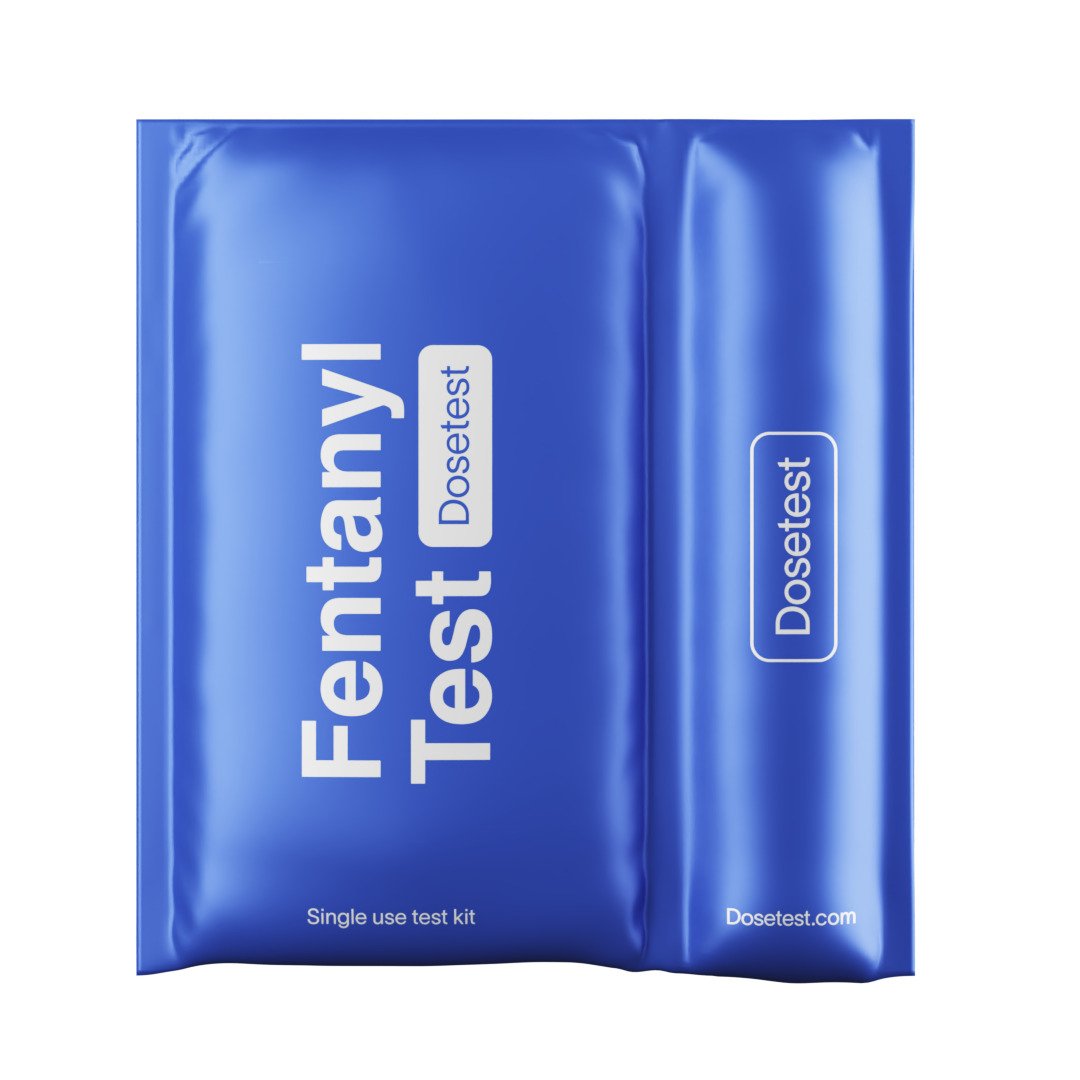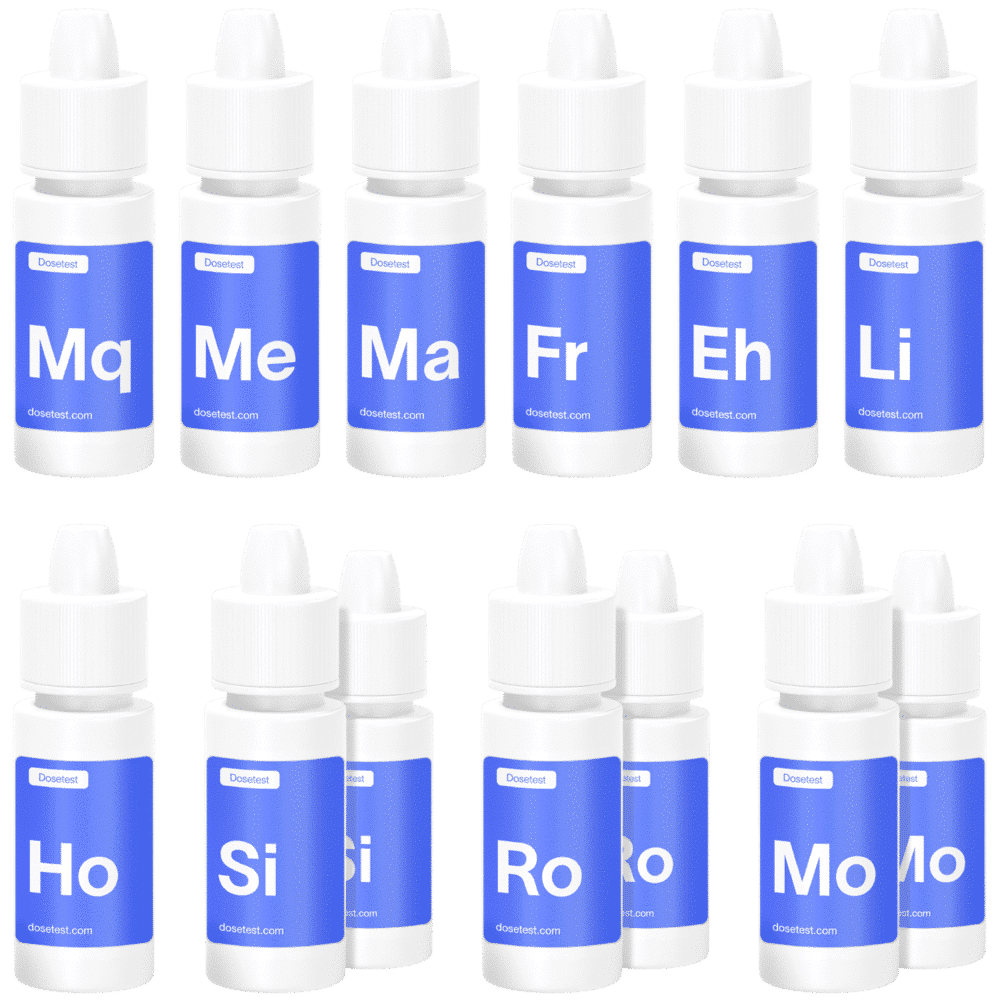What’s in your Cocaine?
The coca leaf has been used by indigenous peoples in its native South America for centuries as a mild stimulant, anaesthetic and to prevent altitude sickness (among various other reasons), but cocaine as we know it today is a relatively recent development.
Since its first extraction in 1850, benzoylmethylecgonine (let’s stick with “cocaine” from here) took the world by storm. A key component of The Great Binge, cocaine was marketed across the world for every conceivable ailment from neuralgia to teething pains.
In spite of worldwide criminalisation in subsequent years, cocaine has remained popular, and is second only to caffeine as the world’s favourite stimulant.
So what’s actually in your cocaine?
Ultimately we can’t say for sure without testing it, and neither can you or your dealer. You can conduct some simple testing at home with testing reagents, which you can use to identify common contaminants or, in ideal circumstances, you can give a sample to a testing service who can conduct in-depth analysis.
While we can’t tell you what’s in your stash, we can learn a lot about what kind of adulterants/substitutes are in circulation from stats released by testing services and governments around the world and build an impression of the market in general.
What are the most common substances found in Cocaine?
Although adulterants and substitutes vary heavily from batch to batch and region to region, there are a few that can be commonly anywhere. Please bear in mind that this isn’t an exhaustive list by any means, so simply ruling these out is no guarantee that what you have is pure coke. The purpose of any adulterant is to bulk out the expensive stuff as much as possible, while making the fact that you’re bulking it out as difficult as possible to detect. One of the things all the adulterants listed below have in common is that they appear almost identical to cocaine in colour (white, simple enough), consistency and feel, both on the hands and on the nose if someone tests it with a dose.
Procaine/Lidocaine/Benzocaine
Don’t let the names fool you, these substances bear very little relation to cocaine either structurally, or in terms of psychoactive effects. As cocaine fell out of favour as a local anaesthetic, a series of drugs were developed to replace it which held on to the -caine primarily for name recognition.
The people cutting these into your cocaine are fully aware of this, of course – it’s these anaesthetic properties they’re looking for. Many people judge the purity of their coke by the extent to which it numbs their nose/face on the way in, so cutting with another anaesthetic creates the initial illusion of quality and, with a little help from the placebo effect, can cause people to think they have better coke than they do.
Caffeine/Levamisole
In contrast with the -caines above, levamisole (an anti-parasite drug) and caffeine (caffeine) are used to bulk out the powder while actually supplementing the high itself.
You probably don’t need us to explain the stimulant effects of caffeine, but the use of levamisole is a little harder to understand.
In addition to the physical properties of levamisole, there is an unverified, but extremely-common rumour that levamisole has mild stimulant or antidepressant effects stemming from some early studies on levamisole and its enantiomer, dexamisole, in the 80s. We can’t say for sure whether this is accurate, given the lack of quality data, but what we do know for sure is that it can cause a number of health problems when consumed in excess, ranging from vasculitis to agranulocytosis.
Paracetamol/Phenacetin/Inositol
These substances here are effectively the low-effort version of the above, bulking out cocaine without any other effects. Paracetamol and phenacetin are both marketed as painkillers, but given the high doses they’re consumed at (up to multiple grams per day), they’re effectively inert at this scale. Inositol, meanwhile, isn’t considered a drug at all, but a simple carbohydrate about half as sweet as regular table sugar.
Fentanyl
Several cases have emerged of cocaine users dying of fentanyl overdoses in the USA and Canada, but we have no reason to assume that this represents a broader emerging trend. There are conflicting theories on why this has happened: some argue that this is an act of deliberate adulteration, while others would call it accidental cross-contamination as a result of packing cocaine for transport or distribution on the same surface as fentanyl.
Motives notwithstanding, this contamination is certainly a real danger for cocaine users in this area, and any testing you conduct should account for the possibility of its presence.
What do the statistics show?
- Canada
Get Your Drugs Tested, an organization that offers free lab-testing for Canadians, via sending in your sample via post.
In the first half-year of 2020, they tested 288 samples that were sold as Cocaine.
Out of 288 samples, there were 17 different adulterants found, and only 178 of the samples contained Cocaine. The most common adulterant was Phenacetin, which was present in 48 samples, followed by Benzocaine in 14 samples, and Levamisole & Inositol in 11 samples.
- Netherlands
DIMS, an organization founded back in 1992 which offers laboratory tests, where anybody can walk in and hand in a sample for testing, and then receive the complete lab-results a week later.
DIMS has seen a decrease in Levamisole in Cocaine samples through 2014-2018, from having been 74% of samples containing Levamisole, down to 35% containing Levamisole.
The average percentage of Cocaine in cocaine samples was 65% in 2018 and 59% in 2014.
Cutting Agents listed were Levamisole, Caffeine, Phenacetine.
- Spain
Energy Control, an organization well known for its international send in mail lab-testing service and providing testing at festivals.
“In 2011 we’ve analyzed 472 samples of cocaine, and as usual, the amount of samples that contained only cocaine was very little: only 5% of the total. In fact, we found in cocaine samples analyzed in 2011 a variety of combinations of different products: 41% of samples contained cocaine plus adulterants; almost 37% contained cocaine plus adulterants and solvents; and almost 1% contained cocaine and solvents. 16% of the samples didn’t contained cocaine at all (in these cases the most frequent combination was caffeine with local anaesthetics).”
“Compared to others, cocaine is the substance where we found the larger number of adulterants. The most frequent has been phenacetine, present in 65% of the total of samples, followed by levamisole and caffeine (both present in 53% of samples). Other usual adulterants found are the local anaesthetics, specially tetracaine (36%), procaine (13%) and lidocaine (8%).”
- Denmark
Skyen, is a Drug Consumption Room in Copenhagen, where drug users are safely able to use drugs. Recently they ran a pilot study testing drugs.
Out of 224 Cocaine samples there were 6 different adulterants found, of which Phenacetin was the most common being in 39 samples, followed by Sugar (8), Creatine (2), Caffeine (1), Citric Acid (1). Two samples were also reported as being “Fake”.
Note: The lab testing technology used was FTIR, which won’t detect substances that’s present in less than 5-10% of the sample.
- Europe
CSP, the Cocaine Signature Program led by the DEA, tested 474 samples from the EU, of bulk seizures.
“In the 474 EU samples, purities varied between
28 % and 95 %. In seven out of the 10 Member States, purities of 90 % or more were detected, while samples of less than 70 % purity were found in only two Member States (see figure). This suggests that, at the importation and wholesale levels, the cocaine available in Europe is of high or very high purity.”


